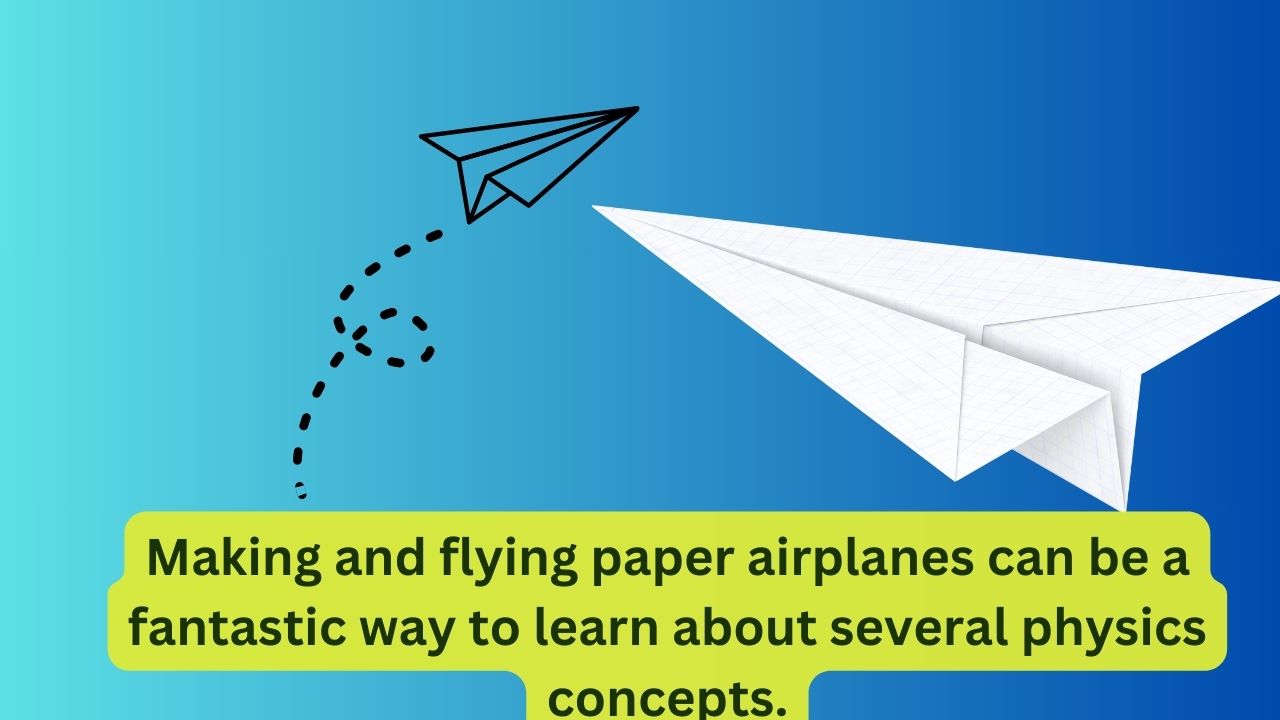Here’s how:
- Aerodynamics: Folding and flying paper airplanes offer an excellent opportunity to explore aerodynamics. Kids can experiment with different designs and observe how factors like wing shape, size, and angle affect the plane’s flight.
- Gravity: When launching a paper airplane, kids can observe the effects of gravity as it pulls the plane downward. They can learn about the force of gravity and how it influences the trajectory and descent of the airplane.
- Lift: As a paper airplane flies through the air, it generates lift, a force that opposes gravity and keeps the plane airborne. Kids can observe how lift is created by the shape of the wings and explore concepts like Bernoulli’s principle and air pressure.
- Thrust: The force that propels a paper airplane forward is known as thrust. Kids can experiment with different launch techniques to increase thrust and observe how it affects the plane’s speed and distance traveled.
- Drag: Drag is the force that opposes the motion of the airplane as it moves through the air. Kids can learn about drag by observing how factors like air resistance and the shape of the airplane affect its flight performance.
- Center of Gravity: Folding a paper airplane involves adjusting its center of gravity to achieve stability during flight. Kids can learn about balance and weight distribution as they experiment with different folding techniques and observe how it affects the plane’s flight characteristics.
- Projectile Motion: Flying a paper airplane involves projectile motion, where the airplane follows a curved path through the air under the influence of gravity. Kids can learn about the components of projectile motion, including horizontal and vertical motion, as they observe the flight of their airplanes.
- Energy Transformation: Folding and launching a paper airplane involve the conversion of potential energy (stored in the folded paper) into kinetic energy (motion) as the plane flies through the air. Kids can learn about energy transformation and conservation as they observe the transfer of energy during flight.
By making and flying paper airplanes, kids can gain a hands-on understanding of these physics concepts in a fun and engaging way. They can experiment, observe, and analyze the behavior of their airplanes to deepen their understanding of the principles that govern flight. Plus, it’s a great way to encourage creativity, problem-solving, and scientific inquiry!


No responses yet